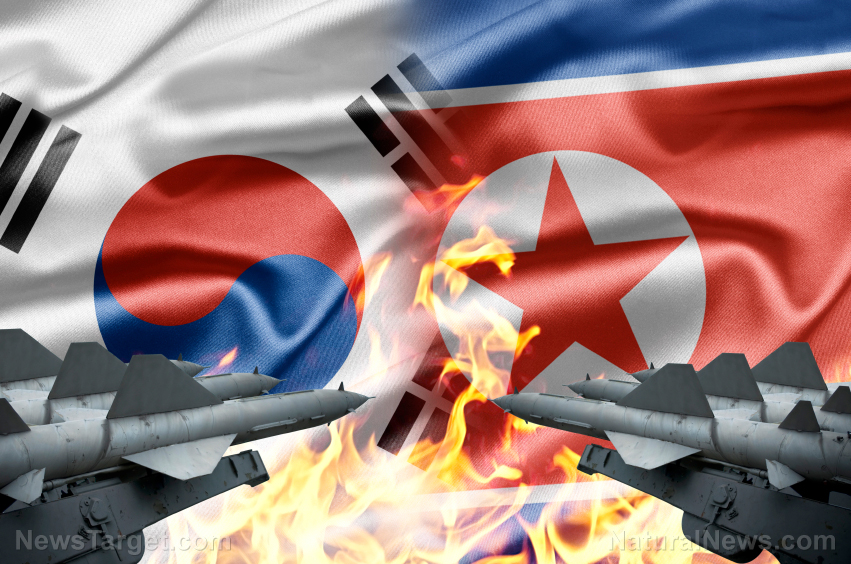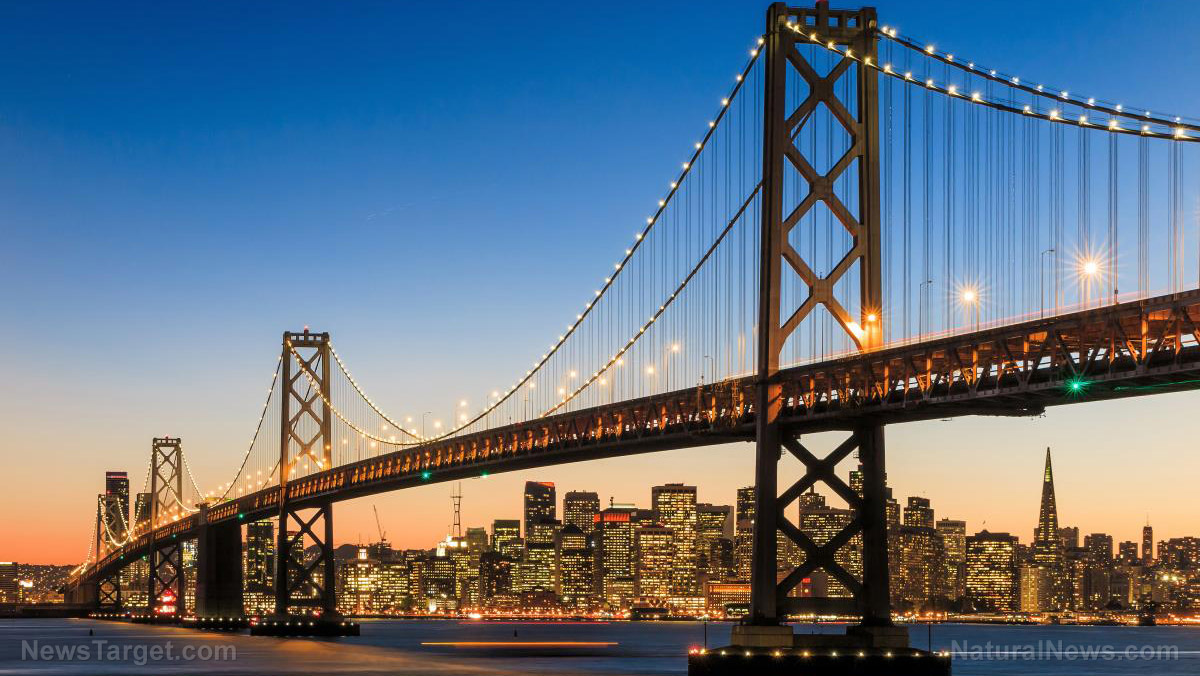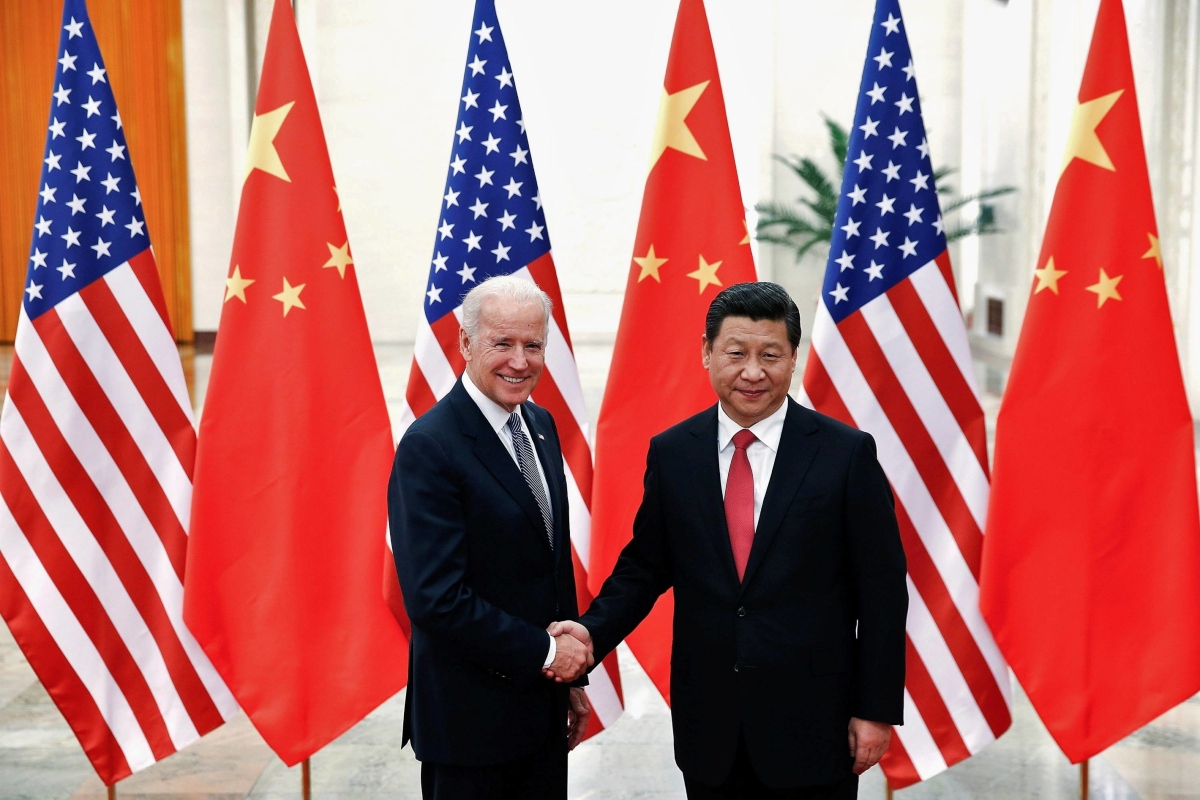
That can only mean one thing: A decision to strike the isolationist regime could come at any moment, should President Donald J. Trump and his senior military commanders decide they can no longer wait for someone else to solve the problem.
In recent days, Trump – along with Vice President Mike Pence, who traveled to South Korea on Sunday for talks that could have included military options – have expressed hope that China would step up to help rein in its belligerent neighbor, but this no longer appears possible. Bloomberg News reported Monday that a pair of Chinese officials sent to warn leader Kim Jong-un of the seriousness of the situation were summarily snubbed by his regime:
Pyongyang didn’t respond to requests from China Foreign Minister Wang Yi and Wu Dawei, the country’s top envoy for North Korean nuclear affairs, to meet with their North Korean counterparts, according to the people, who asked not to be identified because the discussions were private. The overtures came after Chinese President Xi Jinping met with his U.S. counterpart Donald Trump in Florida, the people said.
In a separate report, Bloomberg News said Trump was willing to consider a “sudden strike” against North Korea, following its failed missile launch over the weekend. (RELATED: North Korea missile launch fails as Trump pledges to strike nuclear sites)
The president was said to be considering a “kinetic” response – a common term for military action – as a way to deal with the North’s nuclear weapons program. According to a source who spoke with Bloomberg on condition of anonymity, Trump’s continued preference is for China to take the lead in diffusing North Korea’s nuclear and missile programs.
“This is someone who has demonstrated his brutality by murdering his own brother, by murdering others in his family, by imprisoning large numbers of people in horrible conditions for no reason, for political reasons,” McMaster of Kim, in an interview on ABC News’ “This Week.” “So this regime has given the world reason for concern. And that includes -- that includes the Chinese people and the Chinese leadership as well.”
As for Pyongyang, the president has not expressed any interest in so-called “regime change,” and is not looking to reunite both Koreas. Rather, the source said, the president prefers that they cooperate over the long term, which is pretty much in line with longstanding U.S. policy.
As for his military options, Trump and his national security team have been reviewing and updating them as part of an evolving strategy moving forward. Any potential first strike against North Korea would likely involve targeting the country’s nuclear facilities at Yongbyon, a nuclear test site at Punggye-ri, rocket-launch facility at Tongchang-ri, and troop and weapons concentrations near the demilitarized zone along the border with South Korea, the UK’s Daily Mail reported.
The president clearly has the resources and military assets in the region to conduct a first strike. In addition to the USS Carl Vinson aircraft carrier, with its F/A-18 attack planes, there are guided missile destroyers, submarines and long-range bombers near the Korean coastline or at bases in Japan. (RELATED: Trump To China: “A Trade Deal With The U.S. Will Be Far Better” If China Helps Solve “The North Korea Problem”)
In addition to the North’s nuclear weapons, Pyongyang is also believed to have a sizeable stockpile of chemical weapons including deadly VX nerve gas, which some analysts have suggested could have been smuggled out of the country in diplomatic pouches to be unleashed on unsuspecting populations in Britain and the United States, in the event of war.
If it becomes clear that the Kim regime will no longer pay any attention to its principle trading partner and source of income – China – it appears likely that Trump has already made his decision to use the military option. The only question now is when that order will be given.
J.D. Heyes is a senior writer for NaturalNews.com and NewsTarget.com, as well as editor of The National Sentinel.
Sources:
Please contact us for more information.






















